Cats are known for their unique personalities and independent spirits. As beloved companions, they fill our homes with joy and curiosity. However, despite their fluffy exteriors and affectionate purrs, cats can be surprisingly particular about certain human behaviors. Understanding these quirks can help foster a harmonious environment for both you and your feline friend. Let’s delve into 13 human behaviors that cats just can’t tolerate, shedding light on how we can better coexist with our feline companions.
Incessant Noise
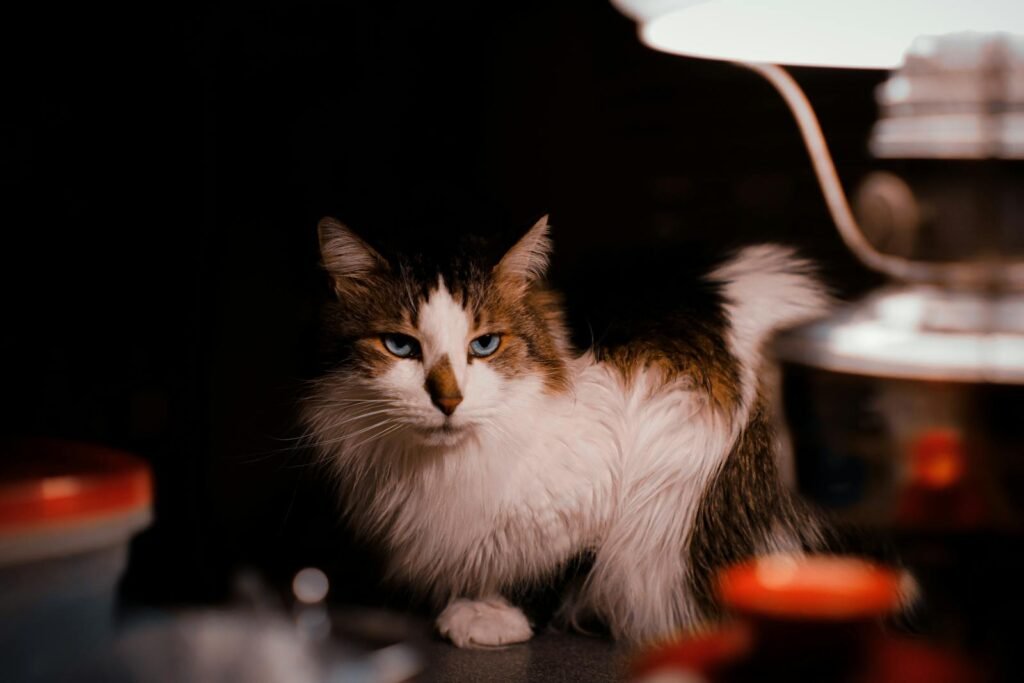
Cats have incredibly sensitive hearing, allowing them to pick up on sounds imperceptible to humans. As a result, loud noises such as yelling, vacuum cleaners, or thunder can be intensely stressful for cats. They may hide, become aggressive, or even develop anxiety-related behaviors. To keep your cat calm, try to minimize loud noises or provide a quiet refuge for them during disruptions.
Sudden Changes
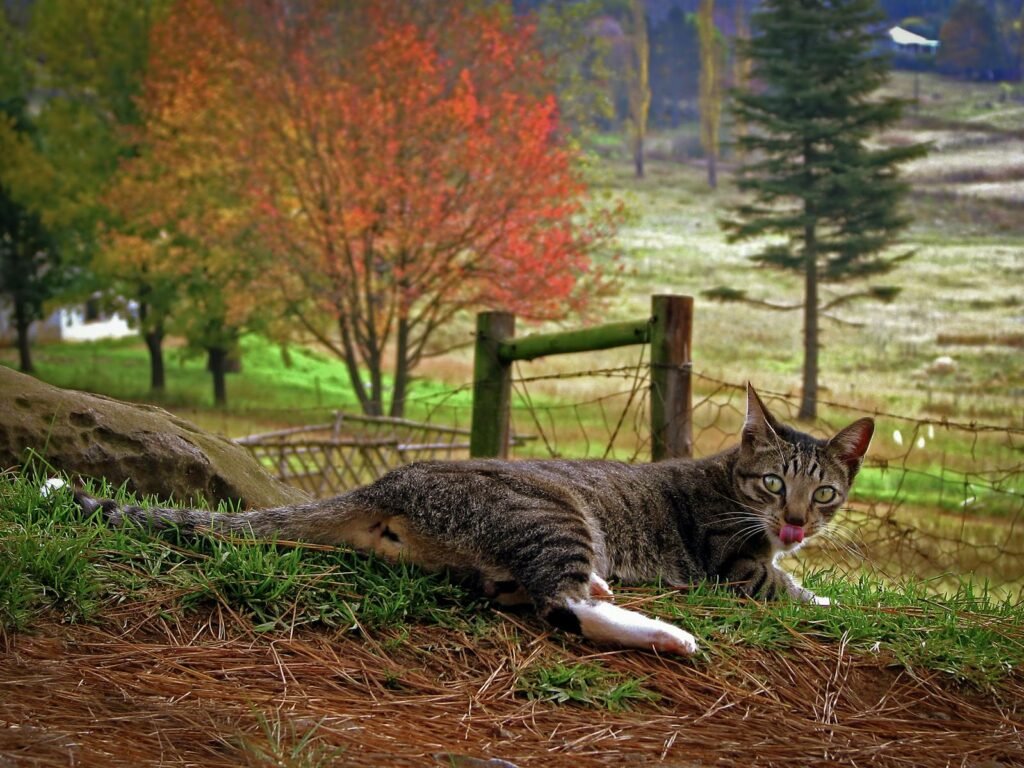
Cats thrive on routine and predictability. Sudden changes in their environment or daily schedules, such as moving homes, new furniture, or different feeding times, can be disorienting and distressing. To help your cat adjust, introduce changes gradually, and maintain a consistent routine to provide a sense of stability.
Unwanted Petting
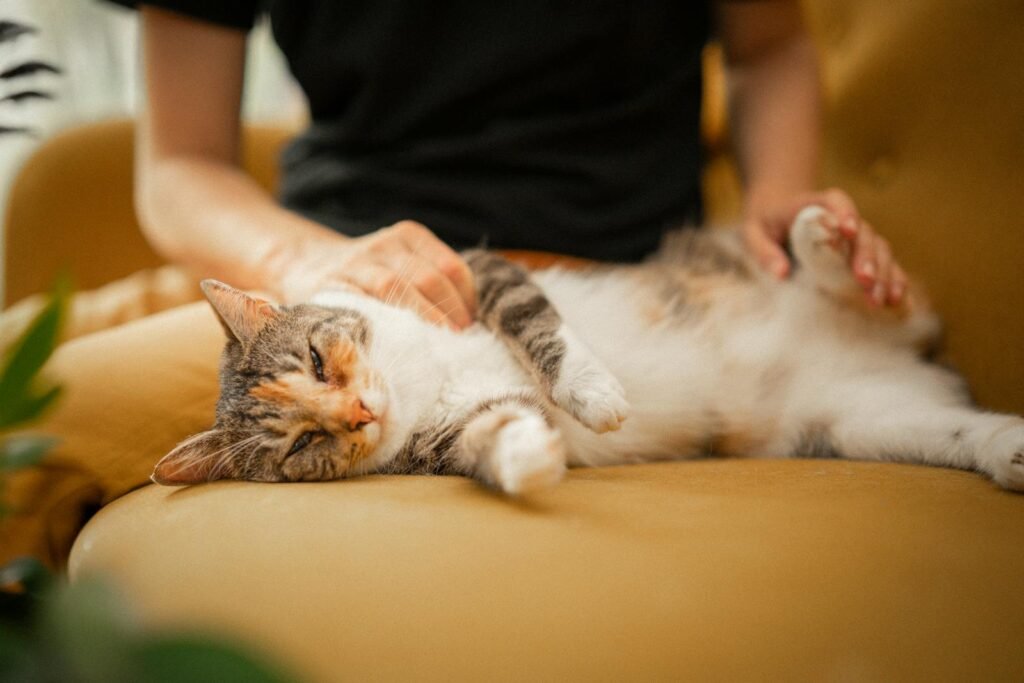
While some cats enjoy being petted, others can be quite selective about when and where they like to be touched. Overstimulation from too much petting can lead to aggressive behavior, such as biting or scratching. Pay attention to your cat’s body language and respect their boundaries to ensure mutual comfort and trust.
Strong Scents
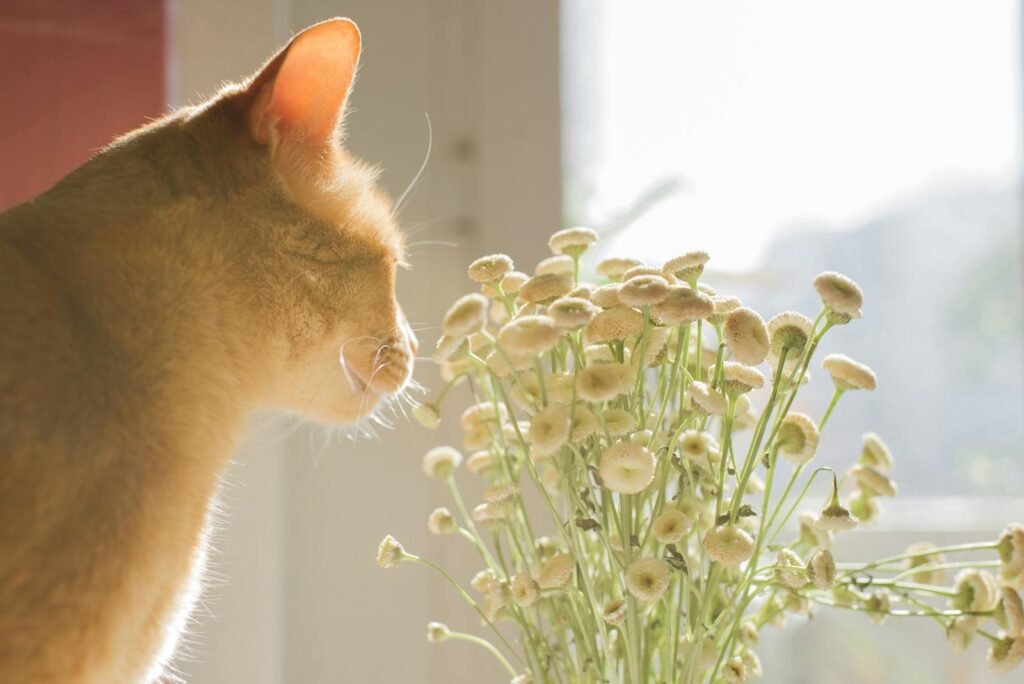
Cats have an acute sense of smell, making them sensitive to strong odors. Things like perfumes, cleaning products, and even some essential oils can be overwhelming to their delicate noses. To keep your cat comfortable, opt for scent-free or mild household products and ensure proper ventilation in your home.
Dirty Litter Boxes
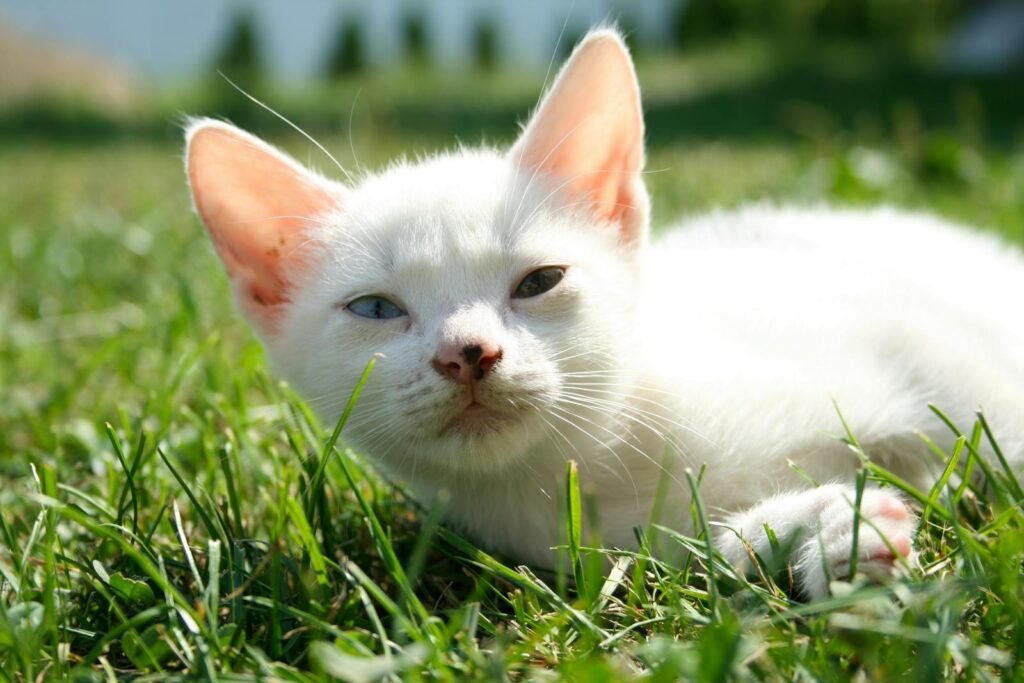
Cleanliness is a top priority for cats, and this extends to their litter boxes. A dirty litter box can deter your cat from using it, leading to unwanted behaviors like eliminating outside of the box. Regularly scoop and clean the litter box to maintain a hygienic environment that appeals to your cat’s fastidious nature.
Crowded Spaces

Cats can become anxious in crowded or busy environments. Whether it’s a bustling household or a social gathering, too many people and too much commotion can be overwhelming. Provide your cat with access to quiet, secluded spaces where they can retreat and relax away from the hubbub.
Water Encounters

Most cats have an aversion to water, stemming from their ancestors who evolved in arid environments. While some may tolerate a gentle bath, others can become stressed or aggressive when faced with unexpected water encounters. Respect your cat’s natural inclinations and only expose them to water when necessary, using positive reinforcement to ease any discomfort.
Confinement
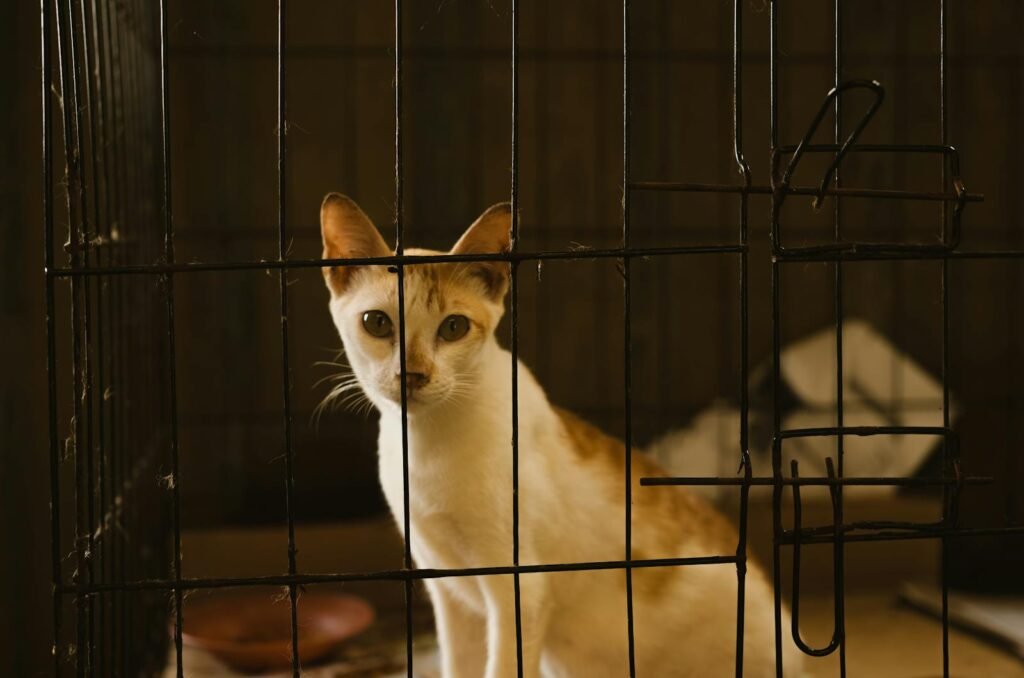
Cats are curious and independent creatures that value their freedom to explore and roam. Confining them to small spaces for extended periods can lead to boredom, anxiety, and behavioral issues. If confinement is necessary, provide plenty of mental stimulation and enrichment to keep your cat engaged.
Direct Eye Contact
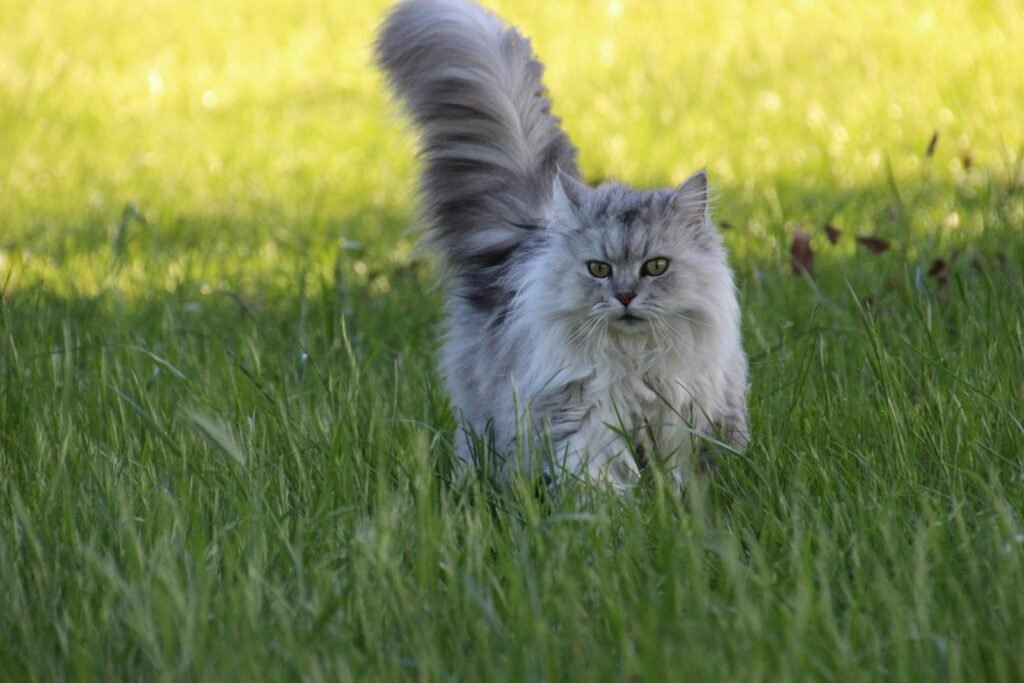
While direct eye contact is a sign of affection among humans, it can be perceived as a threat by cats. Staring into a cat’s eyes for prolonged periods may cause them to feel uneasy or defensive. Instead, opt for slow blinking, a cat-friendly way to communicate trust and relaxation.
Ignoring Their Territory
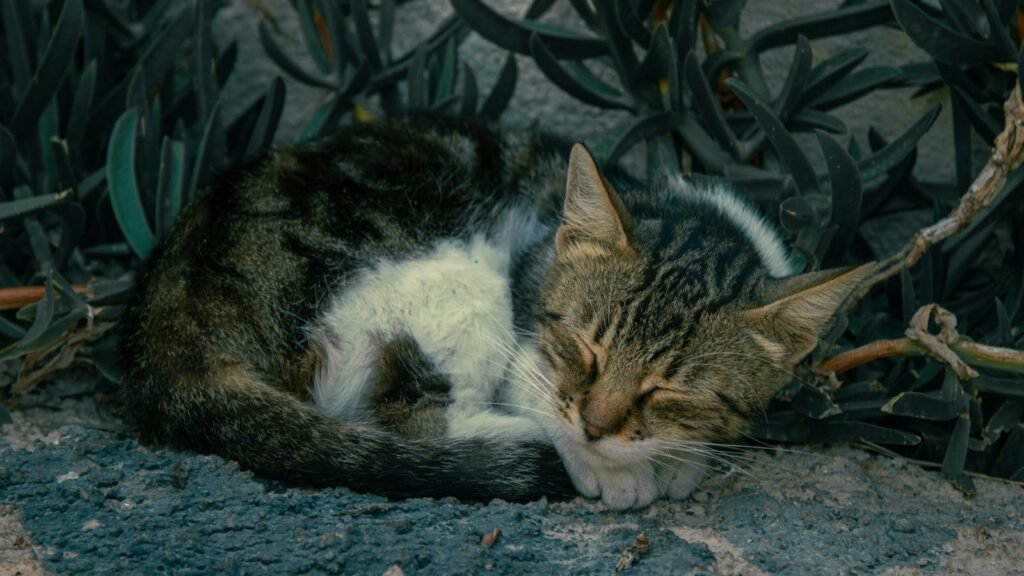
Cats are territorial animals, and they may become distressed if their space is invaded or altered without consideration for their comfort. Respect your cat’s territory by allowing them access to their favorite spots and not disrupting their established routines.
Lack of Stimulation
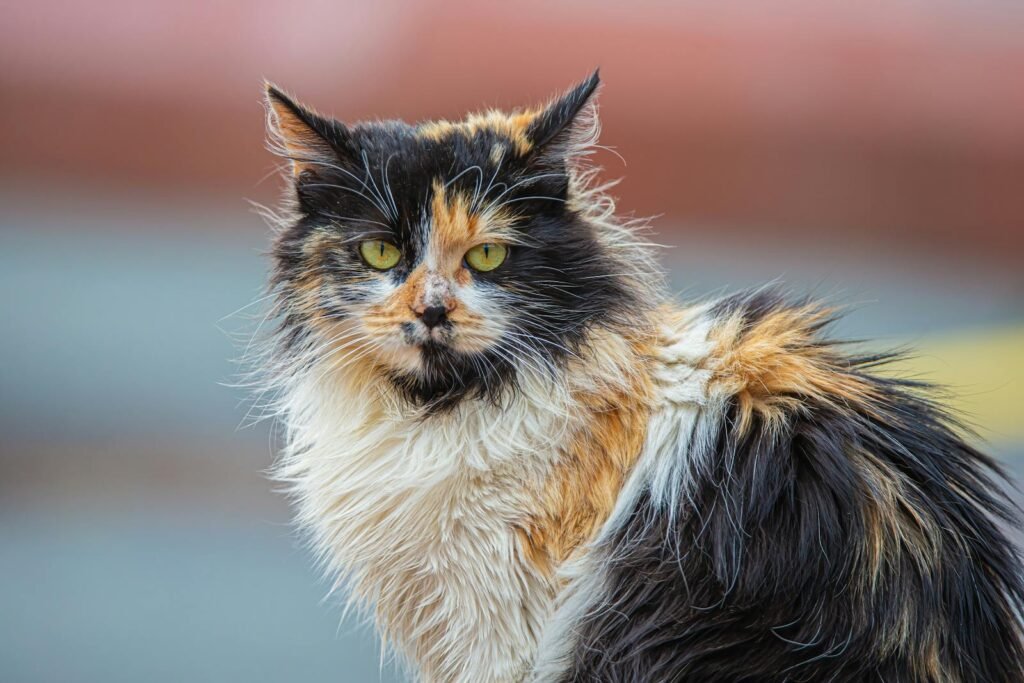
Cats need mental and physical activities to stay happy and healthy. A lack of stimulation can lead to boredom and destructive behaviors, such as scratching furniture or excessive meowing. Provide toys, scratching posts, and interactive play to keep your cat’s mind and body engaged.
Forced Socialization

Every cat has a different threshold for social interaction. While some are friendly and social, others may be shy or prefer solitude. Forcing a cat to interact with humans or other pets can cause stress and anxiety. Be patient and allow your cat to socialize at their own pace, respecting their need for personal space.
Lack of Affection
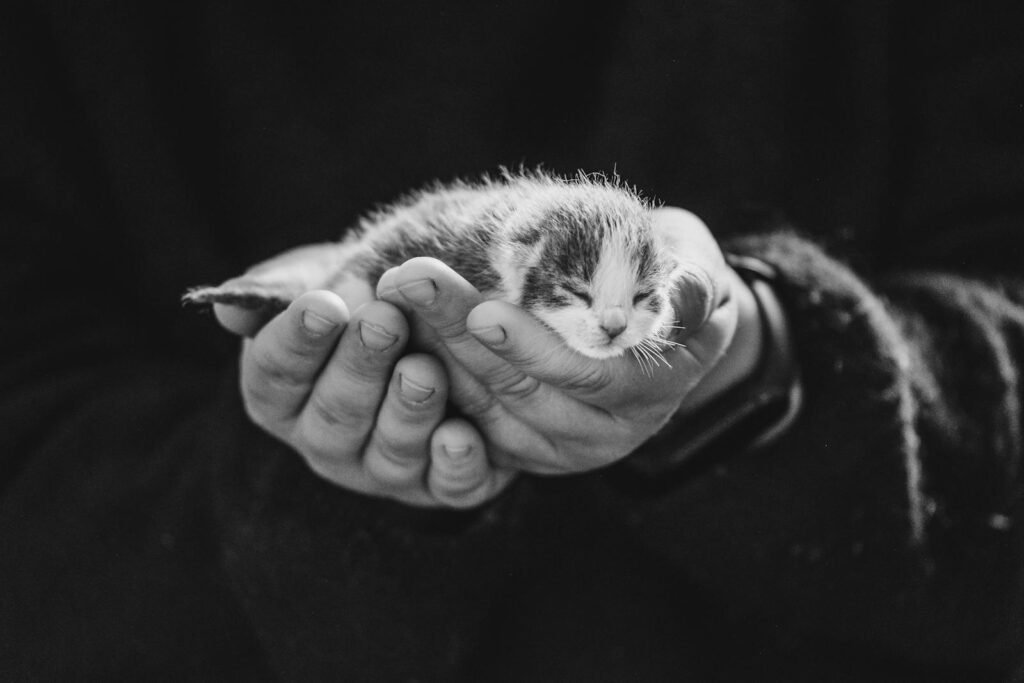
Contrary to their reputation for aloofness, many cats do crave attention and affection from their human companions. Ignoring your cat or failing to provide enough interaction can lead to loneliness and behavioral problems. Make time for regular bonding through gentle petting, playtime, or simply being present.
Understanding these 13 behaviors that cats just can’t tolerate is essential for creating a peaceful and loving home environment. By respecting your cat’s unique preferences and sensitivities, you can strengthen your bond and ensure that your feline friend feels safe and content. Paying attention to their cues and needs not only enhances their quality of life but also enhances the joy and companionship they bring to yours.

Suhail Ahmed is a passionate digital professional and nature enthusiast with over 8 years of experience in content strategy, SEO, web development, and digital operations. Alongside his freelance journey, Suhail actively contributes to nature and wildlife platforms like Feline Fam, where he channels his curiosity for the Feline into engaging, educational storytelling.
With a strong background in managing digital ecosystems — from ecommerce stores and WordPress websites to social media and automation — Suhail merges technical precision with creative insight. His content reflects a rare balance: SEO-friendly yet deeply human, data-informed yet emotionally resonant.
Driven by a love for discovery and storytelling, Suhail believes in using digital platforms to amplify causes that matter — especially those protecting Earth’s biodiversity and inspiring sustainable living. Whether he’s managing online projects or crafting wildlife content, his goal remains the same: to inform, inspire, and leave a positive digital footprint.






